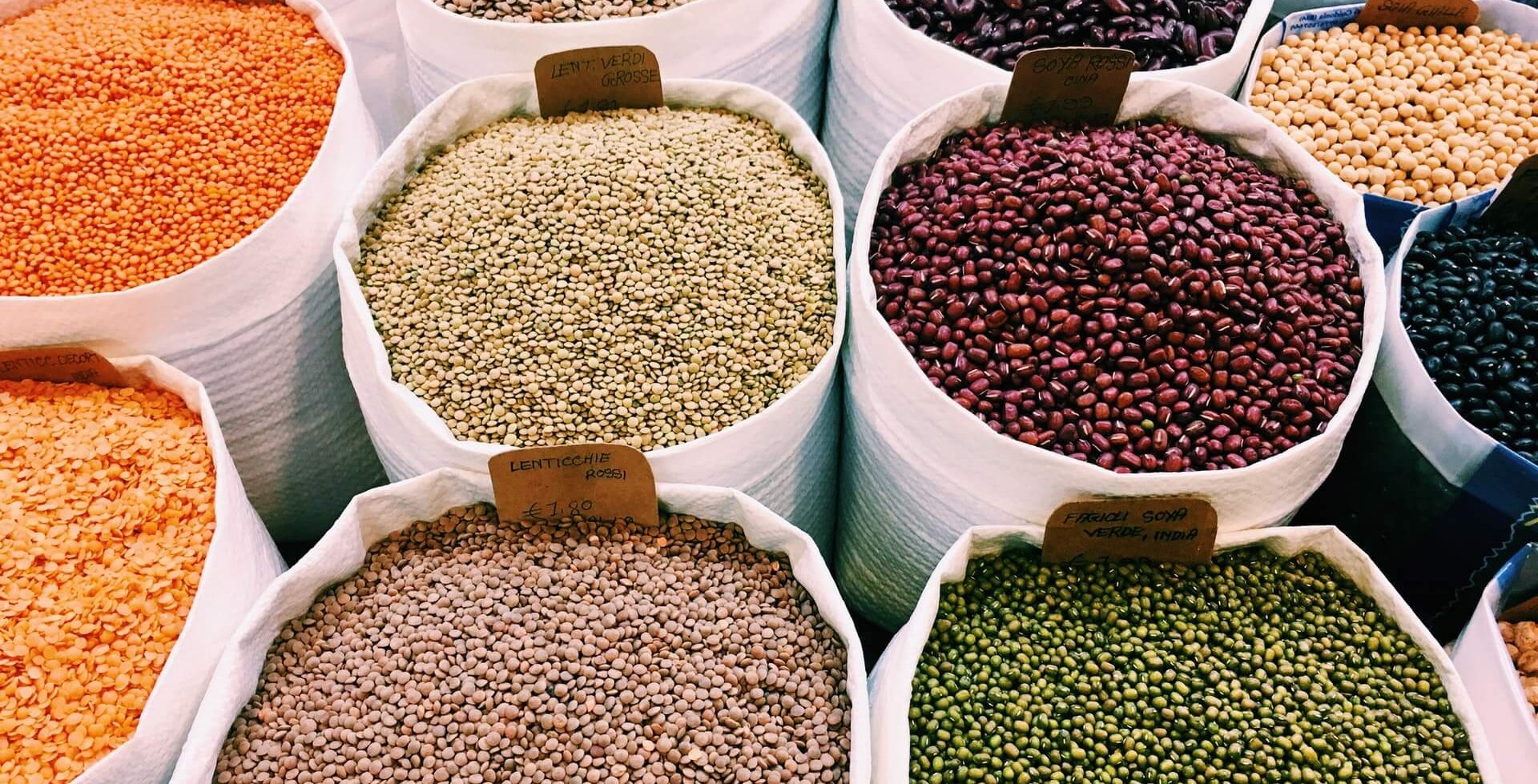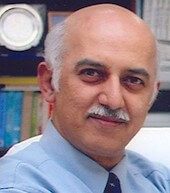
Pulses used to be rather unknown in the New World, but were well known for centuries in the ancient civilizations of Africa, India, Central Asia, China, Central Americas, Latin America, and in Southeast Asia. The production and consumption of pulses in many of these countries goes back to thousands of years ago (6000 to 8000) and remains a part of daily nutrition today.
Traditionally, growing pulses and legumes had the purpose of crop rotation to enrich the soil with many nitrogen-fixing nodules and microbes, but also to provide nutritious food to humans. In addition, the husks removed from pulses are fed to domesticated animals, thus being a sustainable chain in the food system.
These dry edible seeds of legumes are very rich in fiber and proteins and have a unique carbohydrate composition. Because of their high nutrition profile, they are suitable for all strata of society. The nutritional value of pulses makes a meal complete rather than only depending upon the staple foods of rice, wheat, maize, corn, etc. Most of the pulse-eating population needs no introduction to pulses as it is part of their traditional food sources, but the uninitiated should give them a try, as pulses provide high-quality protein, minerals such as magnesium, calcium, and zinc, and fiber with quality carbohydrates. And they’re tasty too! Pulses also play an important role in gut health and microbiota.
However, the consumption of pulses has reduced due to being unavailable or to a lack of information to the consumer. But Food Science and Technology has brought pulses back into the fold. They are now, once again, part of the diet in many countries. During September 2021, the UN Food Systems Summit devoted many sessions to sustainable diets, where traditional pulses and millet-based diets were the focus of attention.
Because of the high nutrition profile and health aspects of pulses, it is no wonder the demand for pulses has increased and is growing yearly at a very fast pace. Additionally, pulses require less water to grow and therefore have a much lower carbon footprint overall. Whether it is chickpeas, lentils, peas, or various beans, pulses are making their way into our diets, thanks to innovations in crop science and the growing awareness of the public leading to market-induced agriculture.
Those who don’t eat pulses must make a habit of it from today. A diet including pulses and millets makes for a more sustainable, rich, nutritious, and wholesome diet, with healthy dishes for the family and a tremendous, though indirect, effect on the immune system of the body.
One or two liberal servings of pulses is a good way to start any day, and pays in the long run to sustain a healthy body.
Our Resilient Food Systems report
Pathways to a sustainable post-COVID world – reports from the IIASA-ISC consultative platform
The report argues that the emphasis on efficiency, which has been driving to a large part the evolution of food systems, needs to be counter-balanced by a greater emphasis on resilience and equity concerns. As illustrated by the pandemic, this entails expanding the scope and reach of social safety nets and protection schemes. It also includes assessing and where necessary adjusting supply chains and trade in their capacity to absorb and adapt to a multitude of risks.
Our event on The Power of Food Science and Technology and Nutrition for Sustainable Planet Health
The 2021 United Nations Food Systems Summit, held during the UN General Assembly in New York on 23 September 2021, set the stage for global food systems transformation to achieve the Sustainable Development Goals by 2030.
ISC Members, the International Union of Food Science and Technology (IUFoST) and the International Union of Nutritional Sciences (IUNS), held a knowledge sharing dialogue over two days, looking at how to move the outcomes of the Food Systems Summit forward.

Dr. Vish Prakash
Dr. Vish Prakash is former Distinguished Scientist of CSIR India; Former Director of CFTRI Mysore; Past President of IAFoST; Chair of the IUFoST World Congress in Mumbai 2018; Founding Chairman of IFRIFANS, India, the International Foundation for Research in Food and Nutrition Security; member of numerous scientific publication boards; Chairman India Region of European Hygienic Engineering Design Group, Germany; Member, Global Phytonutrient Society (GPS) Tokyo, Japan; He has held the position of Vice President in IUNS, the sister Union to IUFoST. Elected to the IUFoST Board of Directors in 2018 and is now President of IUFoST.
Header photo by Betty Subrizi on Unsplash.